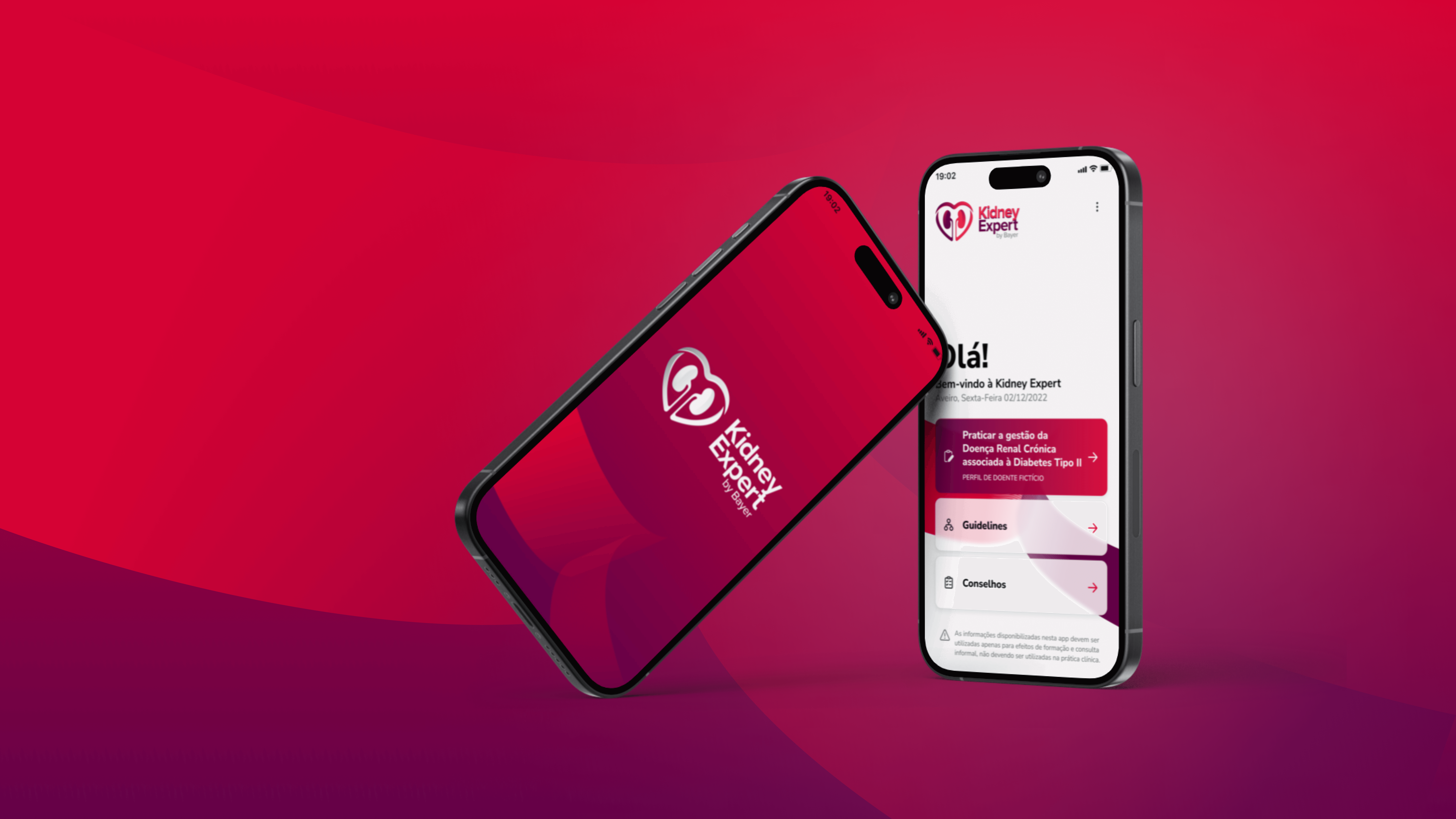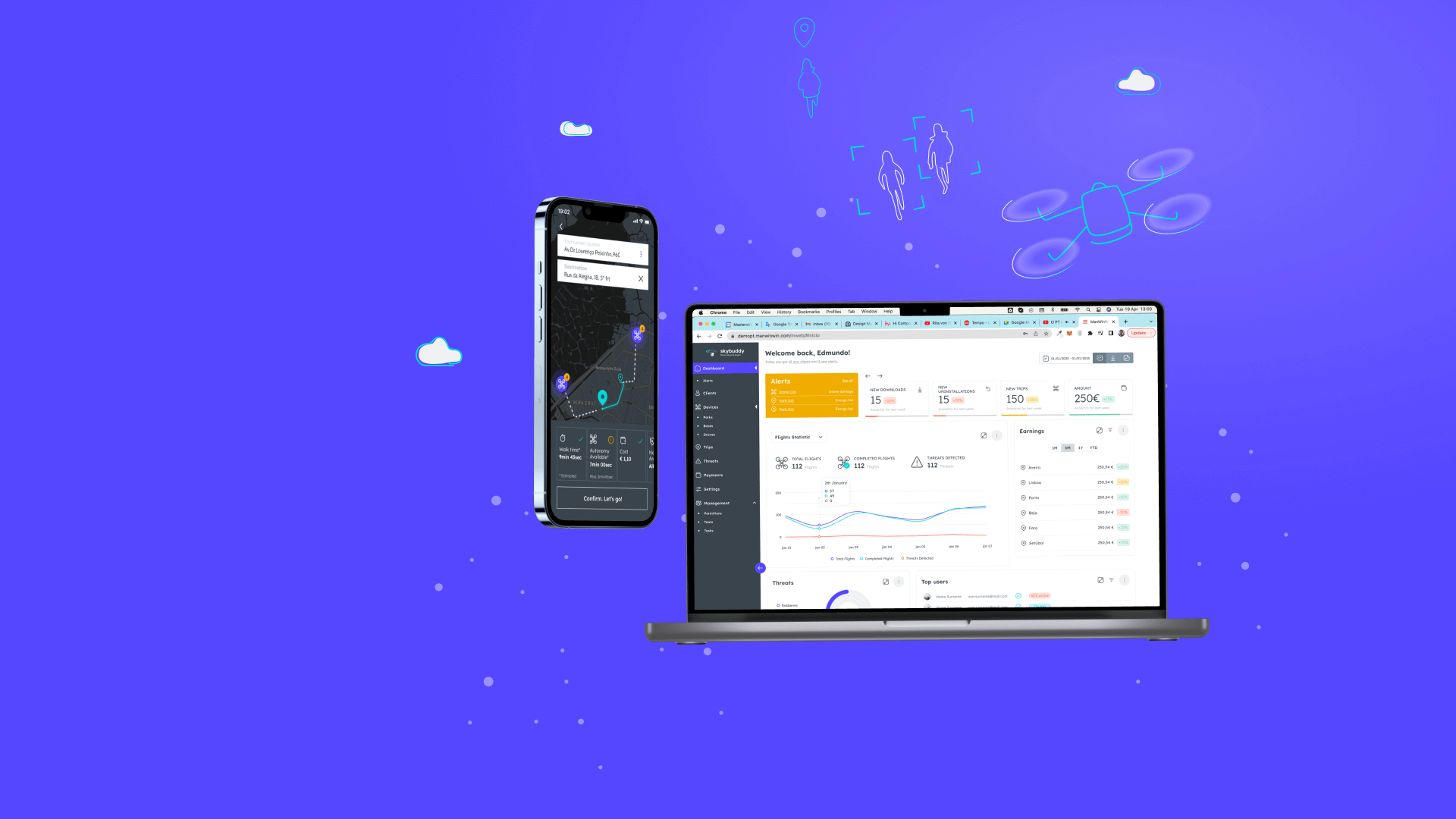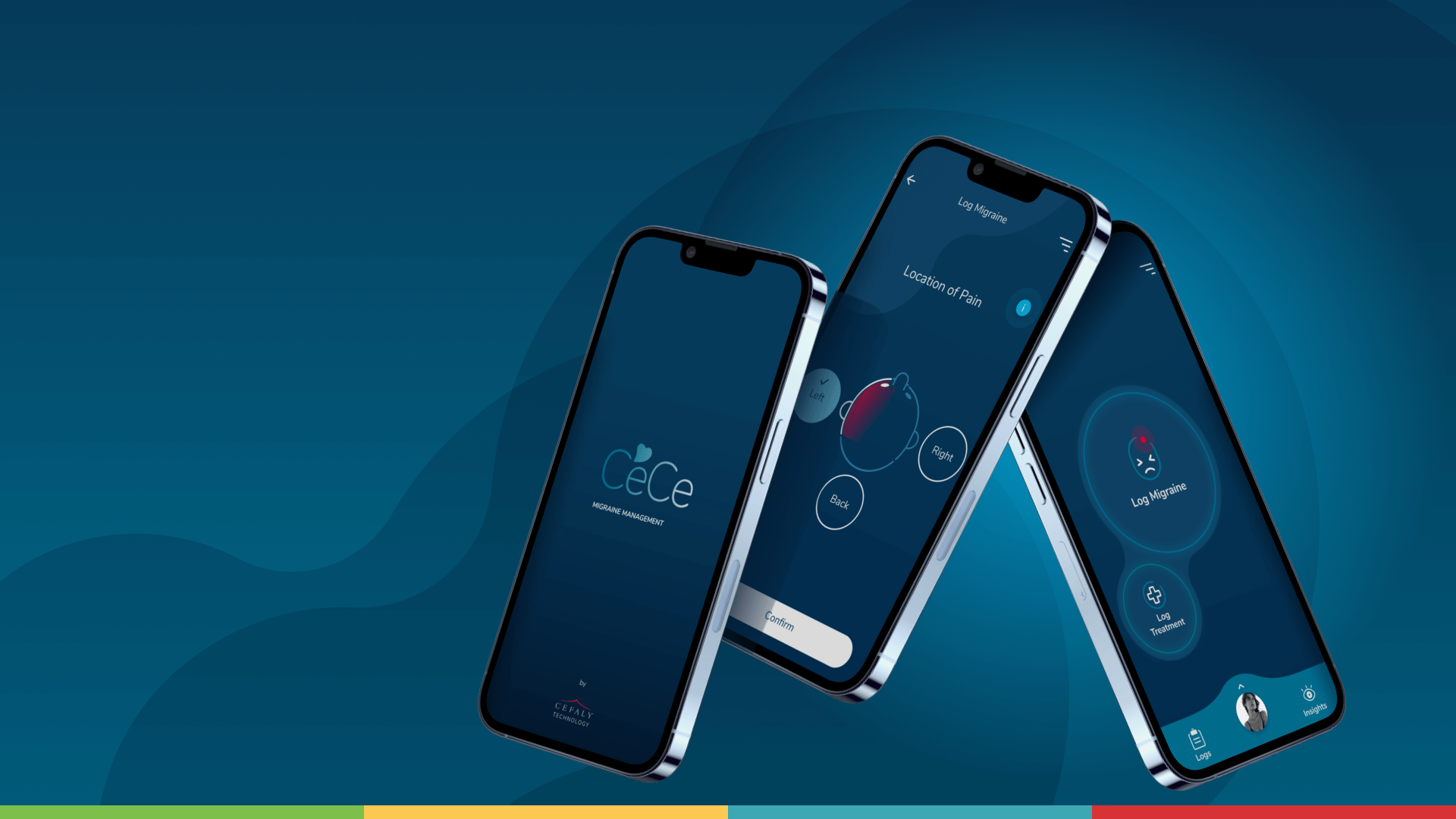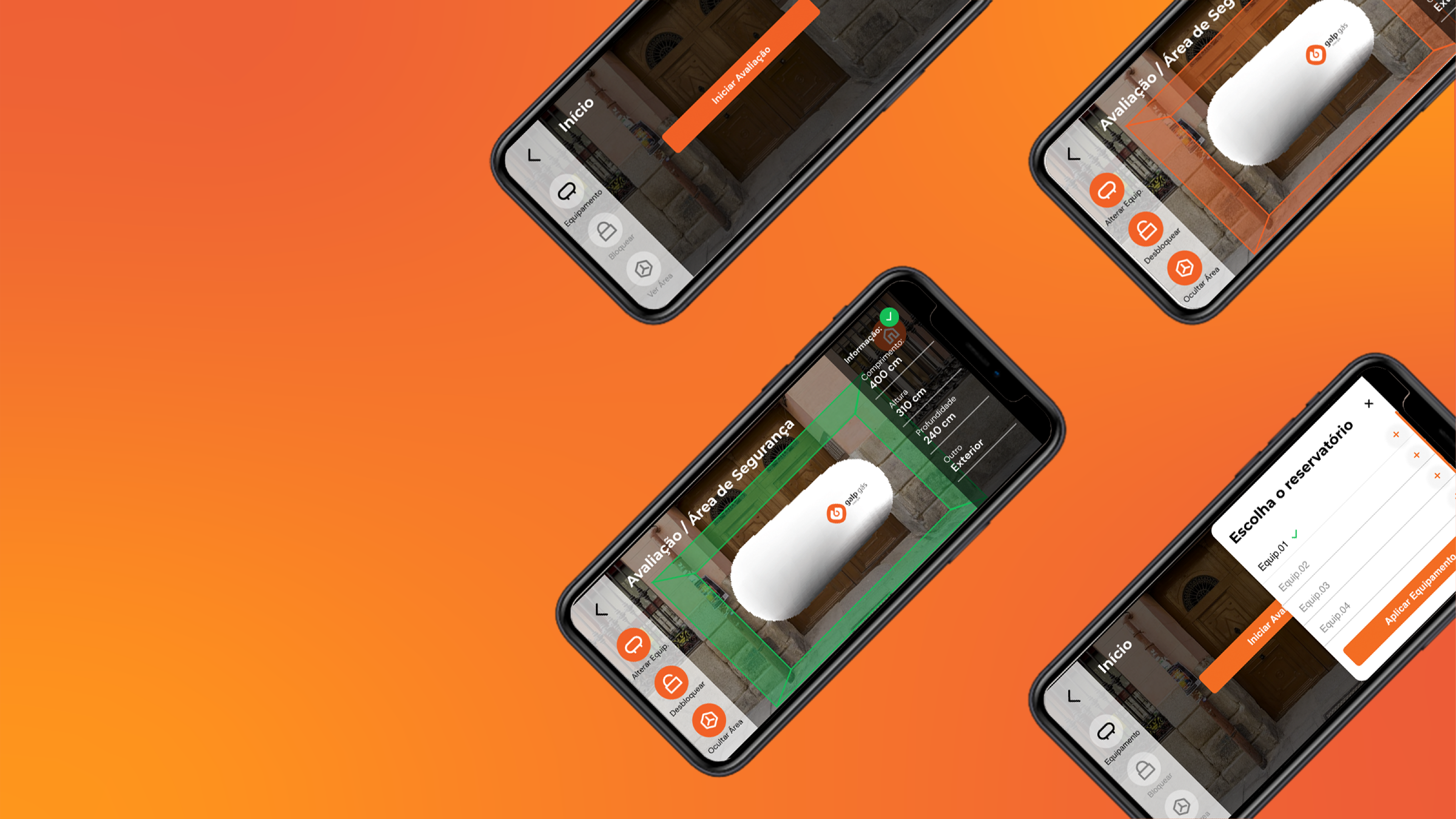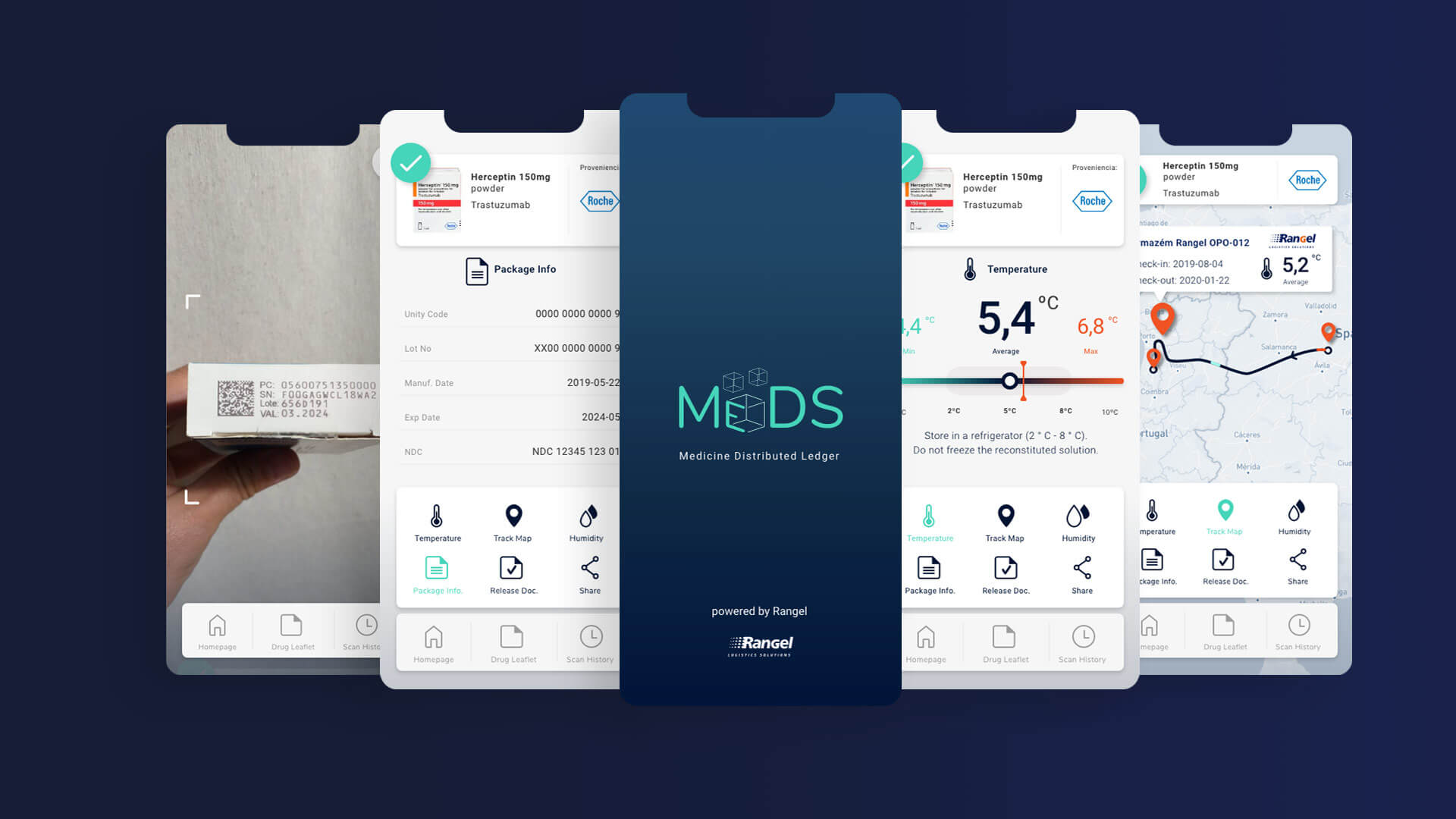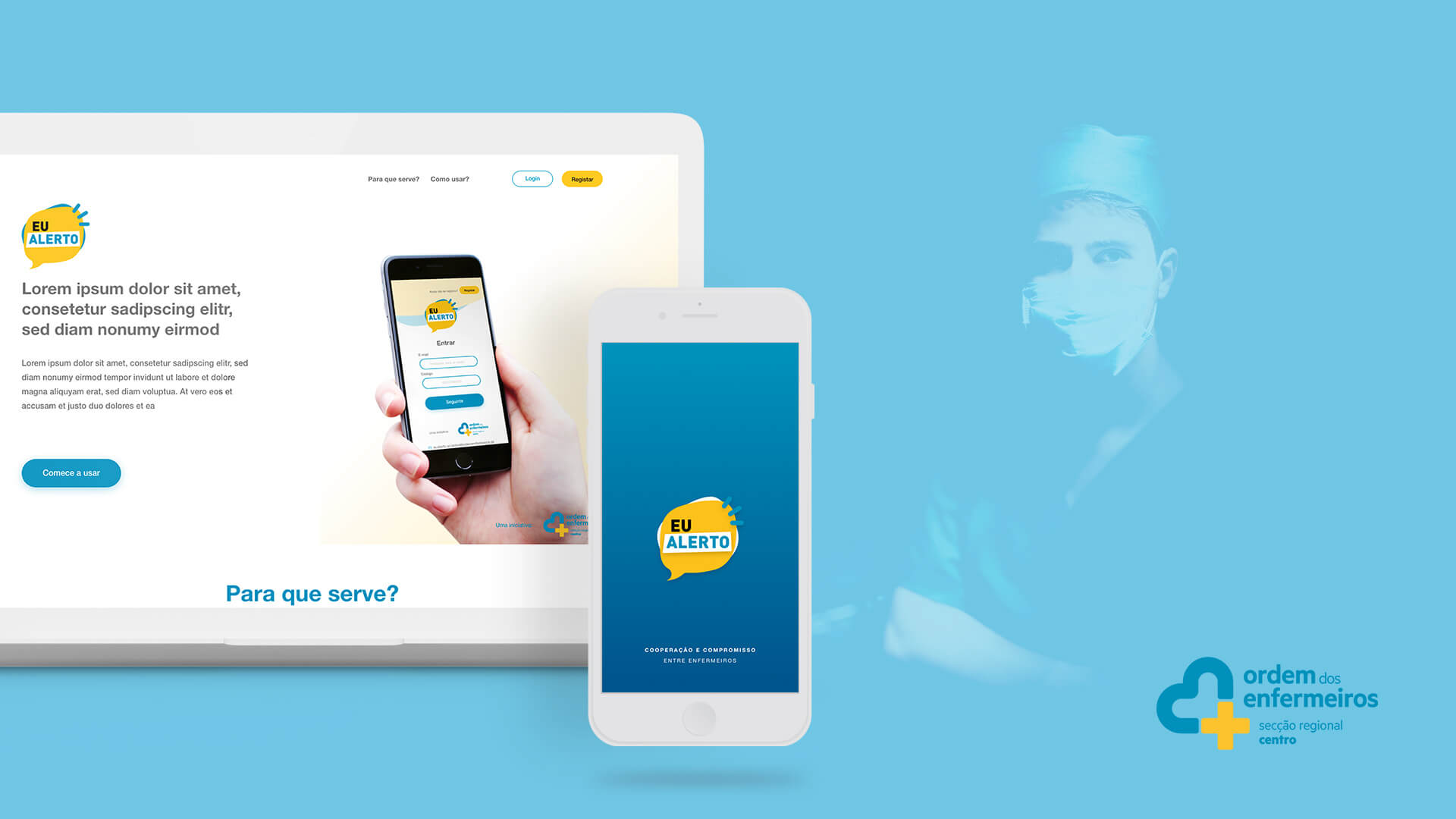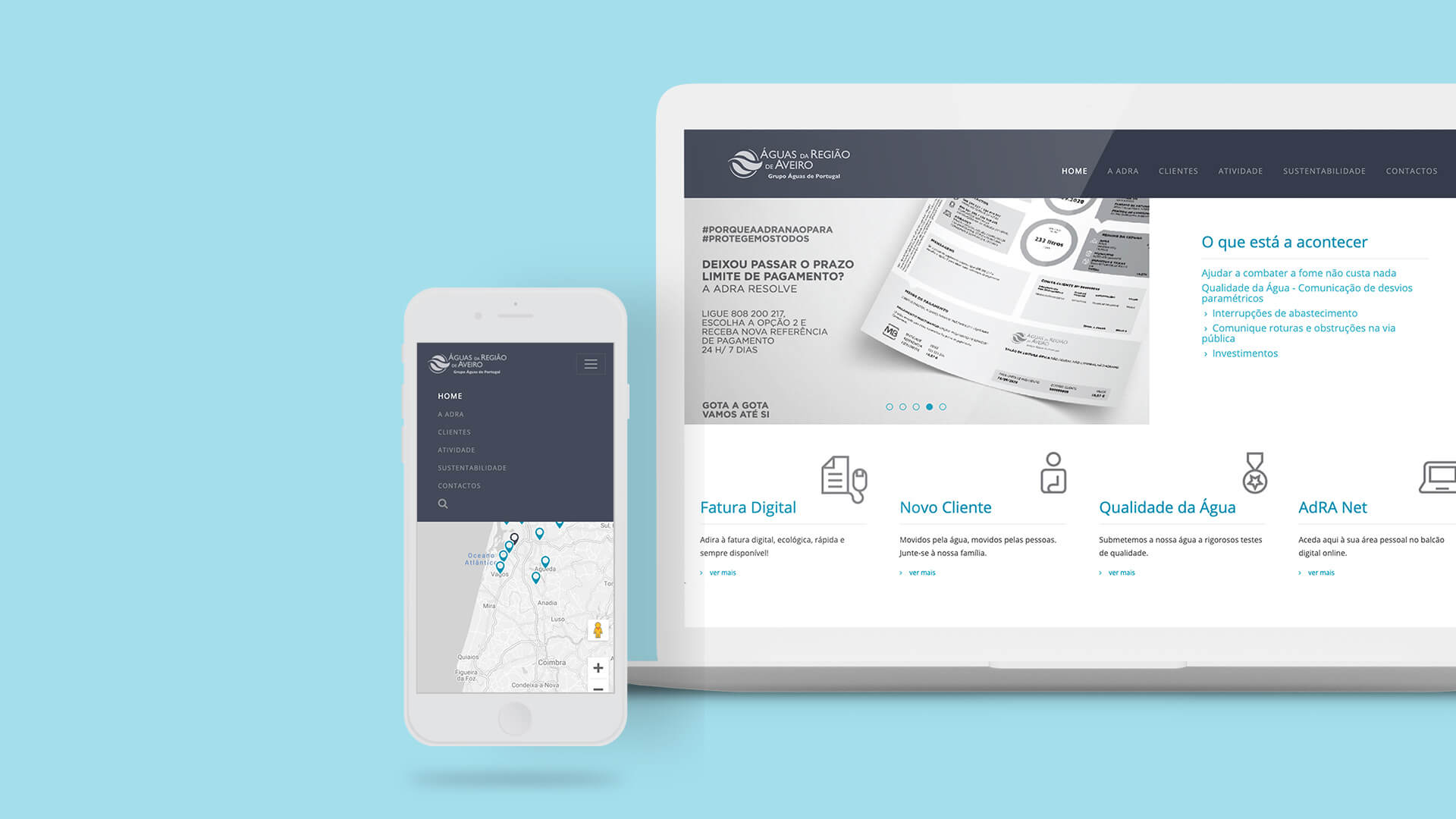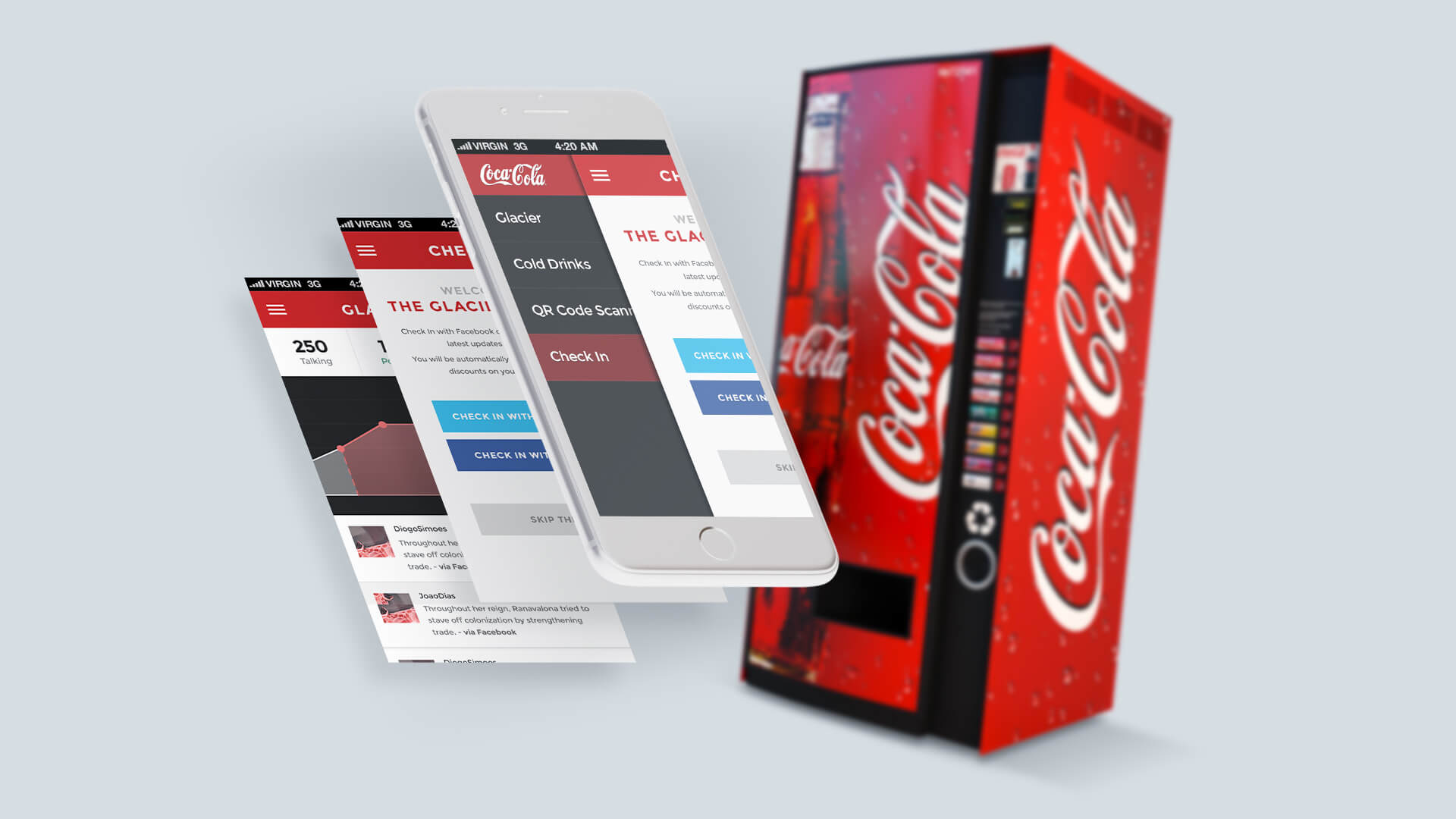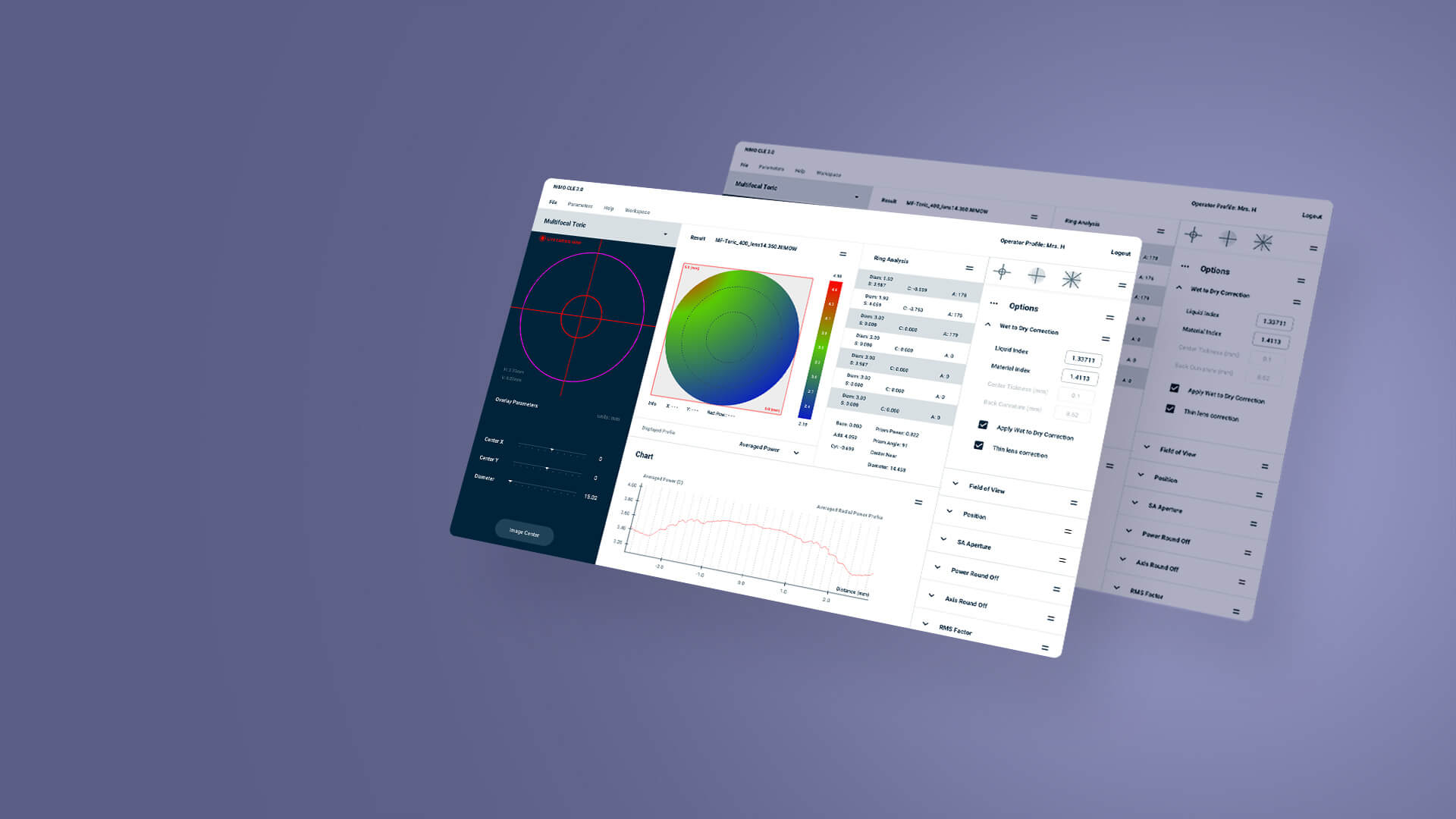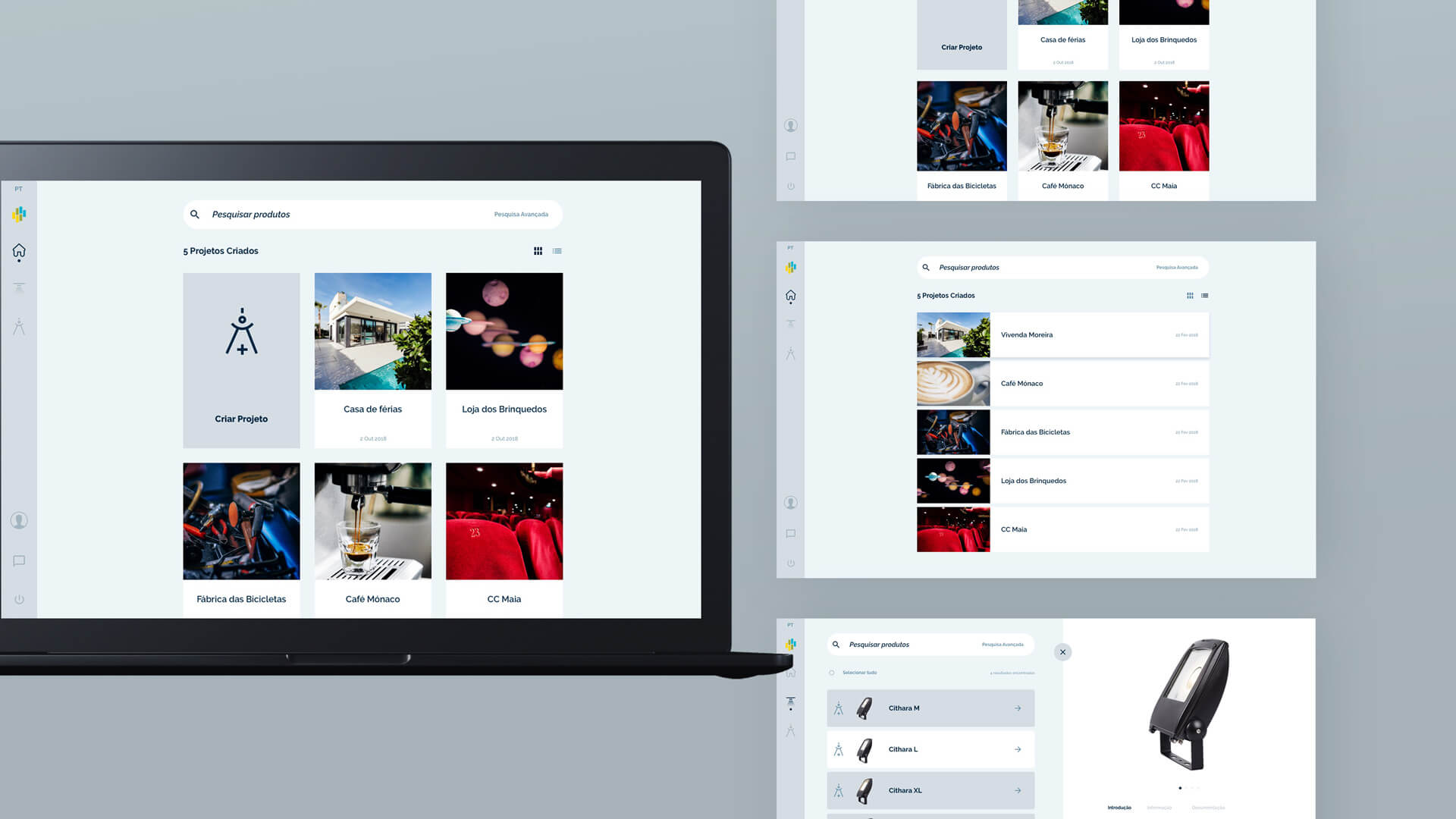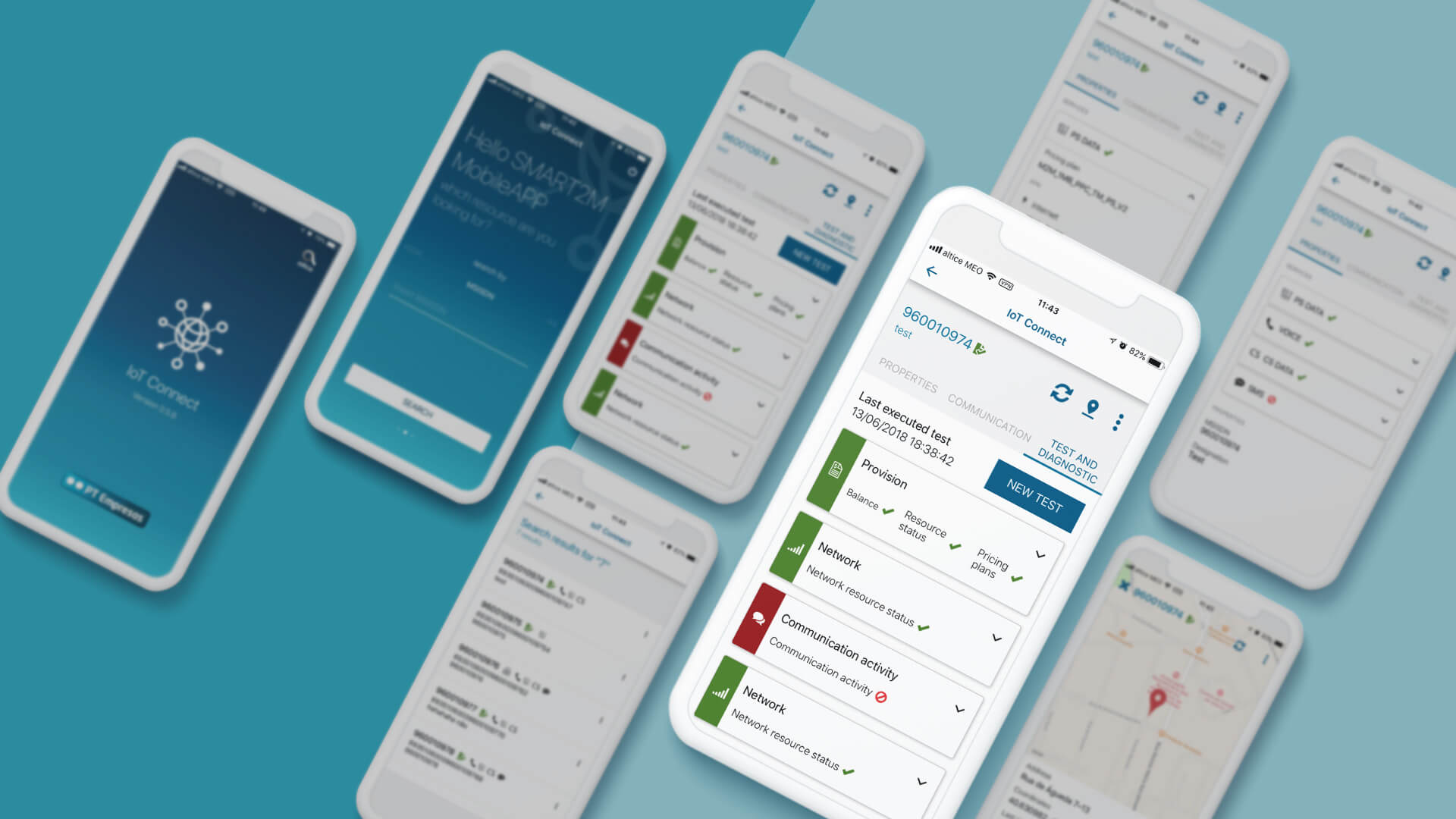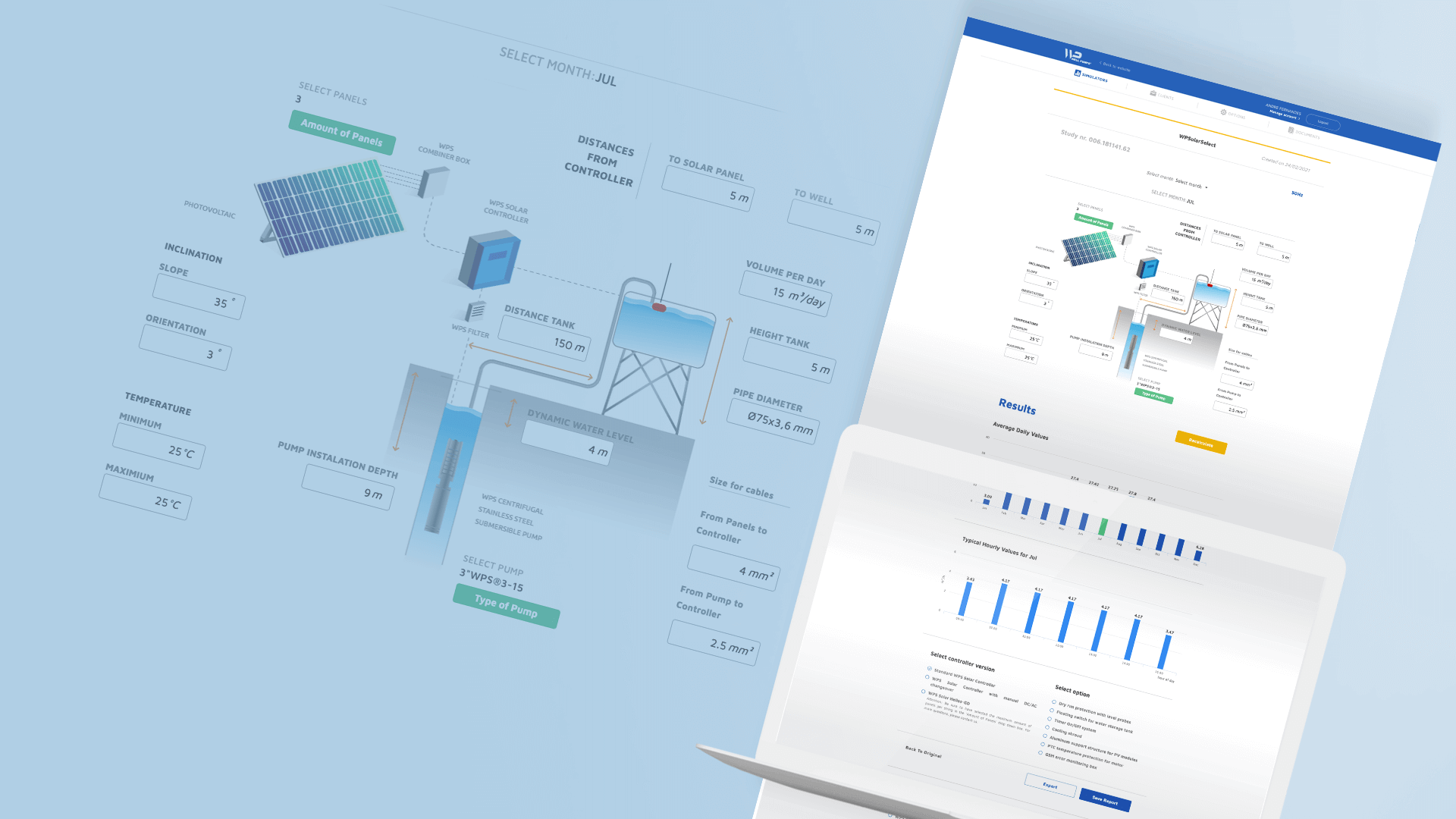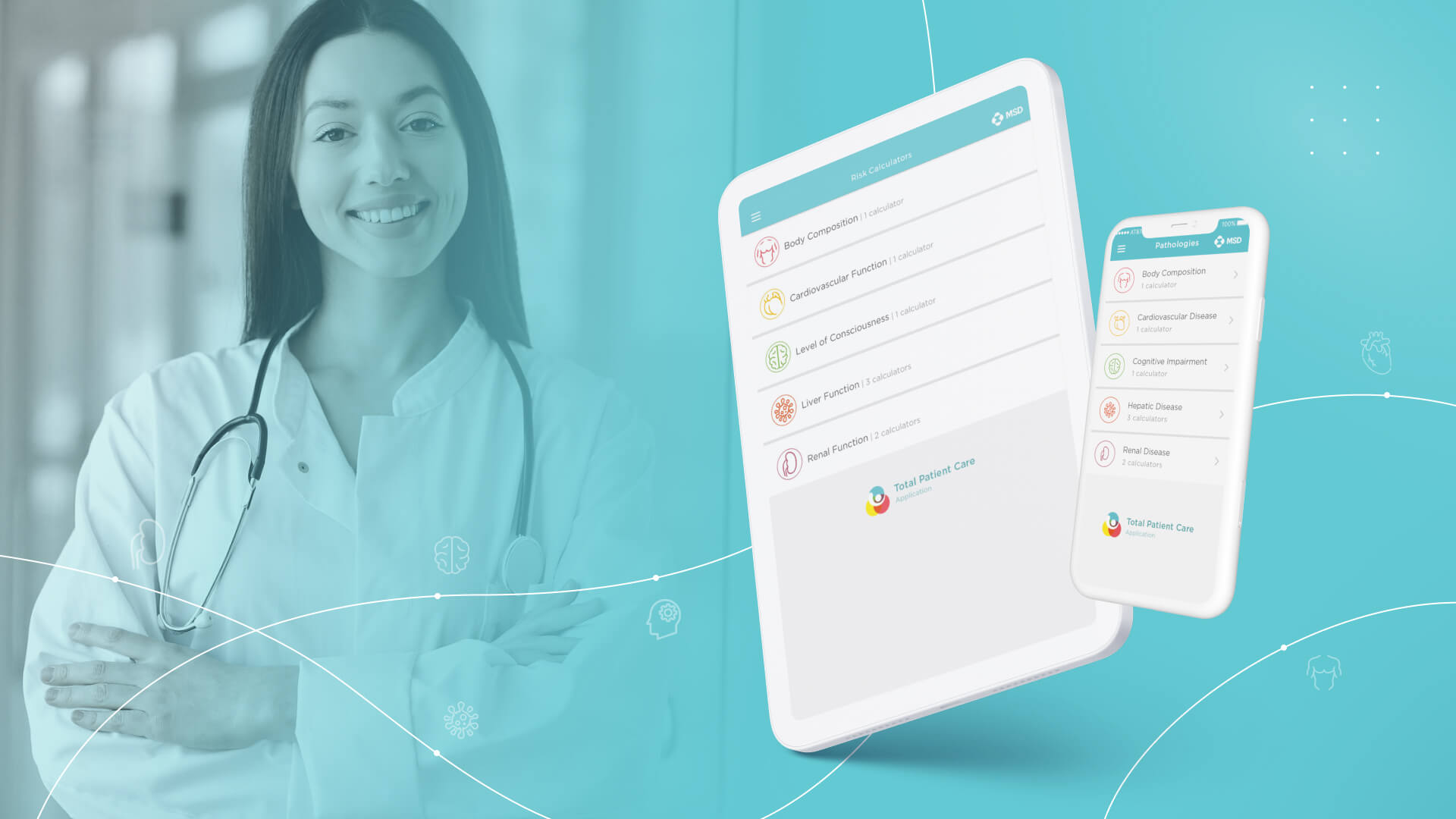
Client
Siemens
Sector
e-Health
Techstack
Siemens - Siemens Gasapp
How to provide surgeons valid info on-the-fly?
Bief & Challenge
“Having a comprehensive overview of blood test results within 30 seconds would be truly transformative”. This wish has been expressed by numerous physicians in Belgian hospitals. During surgical procedures, blood samples are taken from patients for blood gas analysis, which measures vital indicators directly related to the patient’s ventilation and oxygenation.
About two years ago, Siemens Healthineers Belgium launched a program to address these needs and further expand collaboration with Belgian hospitals and their teams. As part of this program, a digital visualization tool was developed to complement the existing RAPIDPoint system. This system, provided by Siemens, collects and analyzes all blood gas parameters from the operating room and stores them in an internal database. The collected information allows physicians to compare the parameters with expected ranges and the patient’s medical history, making it easier to monitor the patient’s stability during surgery. However, processing such large amounts of information can be overwhelming. Therefore, the main requirement for the visualization tool was to present the variables, their evolution over time, and graphical and numerical representations in a way that allowed physicians to grasp the necessary information at a glance. The tool also ensured that the displayed information was updated every 30 seconds to give physicians confidence and efficiency in their decision-making process.

Research & Development
The project began with the initial proof of concept, creating a dashboard that provided an overview of the parameters extracted from the RAPIDPoint database. The dashboard allowed users to either graphically display the parameters or select specific parameters to graphically display the last 5 samples. Subsequently, a prototype was deployed at UZA (Antwerp University Hospital) to interact with a real-world environment. The successful implementation of this prototype paved the way for the second phase of the project, the Minimum Viable Product (MVP). The MVP included key requirements, including the implementation of an authentication process to restrict access to authorized users, a management server to manage authorized users and software licenses at each hospital, and the development of a mobile version of the app.
Three key components were developed for the MVP: a web application, a mobile application, and a hospital management server. The hospital management server operated within each hospital’s network and used user accounts defined within that network. The mobile application mirrored the functionality of the web application but required a connection exclusively to the hospital network. Due to security measures, the hospital network typically doesn’t allow direct access to the public Internet. Therefore, the mobile application had to be downloaded and installed outside the hospital network from a public network. Once installed, it had to be configured and registered within the hospital network to allow authorized physicians to access and use it.
Results
Subsequently, the system was prepared to receive blood gas parameters from patients scheduled for surgery to facilitate the work of physicians.
Explore More
Related Projects

